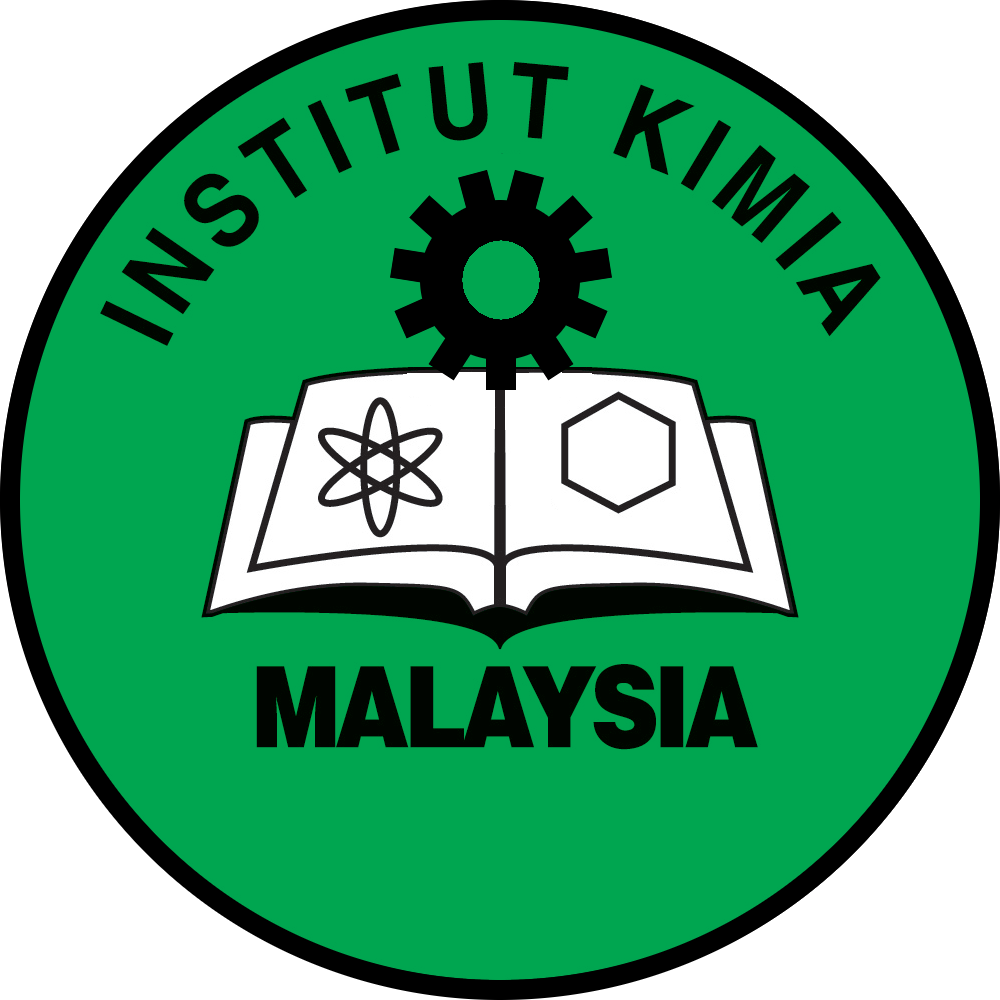Synthesis, Parameter Optimization and Characterization of ZnCl2 Activated Carbon Derived from Waste Tamarind Seed
DOI: https://doi.org/10.55373/mjchem.v27i3.126
Keywords: Activated carbon; tamarind seed; ZnCl2; impregnation ratio; fixed carbon
Abstract
A highly surface area activated carbon (AC) was synthesized from waste tamarind seed (TS) using ZnCl2 under different impregnation ratios of raw TS/ZnCl2 (1: 0.5, 1:1, 1:1.5 and 1:2) and activation temperatures ranging 600 to 900 ºC. The resultant AC, char and raw TS were characterized by Fourier transform infrared spectroscopy (FTIR), iodine number (IN), percentage yield (%), CHNS elemental test, proximate analysis, and scanning electron microscope (SEM). The optimum synthesizing condition of (impregnation ratio: 1:1.5 and activation temperature :800 °C) was elected based on the highest IN, registering 905.03 mg/g with a yield % of 24.10. Proximate analysis proved that TS was the best precursor for the production of AC with high volatile (68.24 %) and fixed carbon of 21.90 %. Based on CHNS analysis, a noteworthy rise in Carbon % to 48.52 % was recorded for AC, compared to the raw TS (41.40 %). SEM analysis of AC proved the well-development of porous networks. Disappearance of peaks in the FTIR spectra of AC and char at ~2919 cm-1, 2852 cm-1, 1741 cm-1, 1600-1400 cm-1 compared to raw TS signifies the elimination of volatile components during the carbonization and activation process. To conclude, underrated TS was successfully transformed into high value AC.
